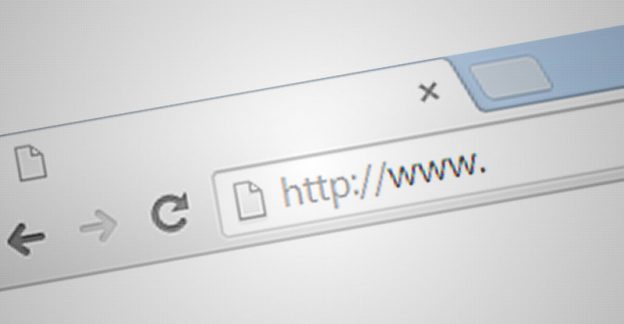The Uniform Resource Locator (URL), is one of the most common yet most frequently-misunderstood elements of a website. It’s also been an integral part of the Internet more or less since its earliest days, providing a human-readable means of connecting to unique pages on the web. Each URL consists of four primary components.
- The protocol. Generally, most websites created with an eye for search engine optimization (SEO) use HTTPS, a secure version of the standard website connection protocol. HTTPS has been recognized as a ranking factor by Google since at least 2014. Other protocols may include FTP: for file transfers and mail to: for email, though these don’t tend to see particularly frequent use on the modern web.
- The domain name. The unique identifier for your website as a whole. This is, in essence, a marker for your digital brand.
- The top-level domain. An identifier that goes at the end of your domain name. Generally, .com is the most common top-level domain, but there are also several regional variants, as well as top-level domains related to specific industries.
- The path. This refers to a specific folder or location on your website, such as a blog post.
URL structure used to be a major ranking factor for Google, back in the early days of SEO. It does still play some role today, but not as much as it used to. Where URL structure is concerned, it’s now far more important that a URL is easy to remember and understand.
A good URL is concise while also providing a clear snapshot of the content a page contains. Per SEO expert Moz, creating URLs that meet these qualifications requires that you follow a few best practices.
- Stay away from ID numbers and codes. A good URL should consist exclusively of natural language keywords and phrases.
- Keep your URL at 100 characters or less.
- Stick to lowercase letters, as alternating between lowercase and uppercase may cause duplicate content issues.
- Avoid URL parameters such as UTM codes. If you have to use them when sharing content, use a URL shortener such as bit.ly.
- Use hyphens to separate words as necessary, and avoid other non-textual characters such as underscores and spaces.
Search engine marketing publication Search Engine Journal provides a bit of additional advice, as well.
- Look at keyword search volume, and assign the highest-volume keyword to a page’s URL.
- Create your URLs with a clear hierarchy. A URL should flow naturally from domain name to category to sub-category.
- Use 301 redirects and the canonical tag to avoid duplicate content. While a single page may have multiple URLs associated with it, only one should be treated as canonical.
- Apply your URL structure consistently across your website.
- Keep URLs as static as possible.
The URL is one aspect of SEO that’s not going to go away anytime soon. What’s more, URL structure is important for more than just search engines. Well-designed URLs are also a cornerstone of good user experience, allowing people to easily navigate your site and remember how to find the pages that are most important to them.
